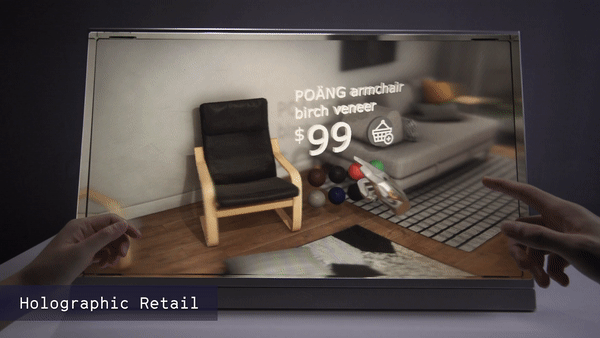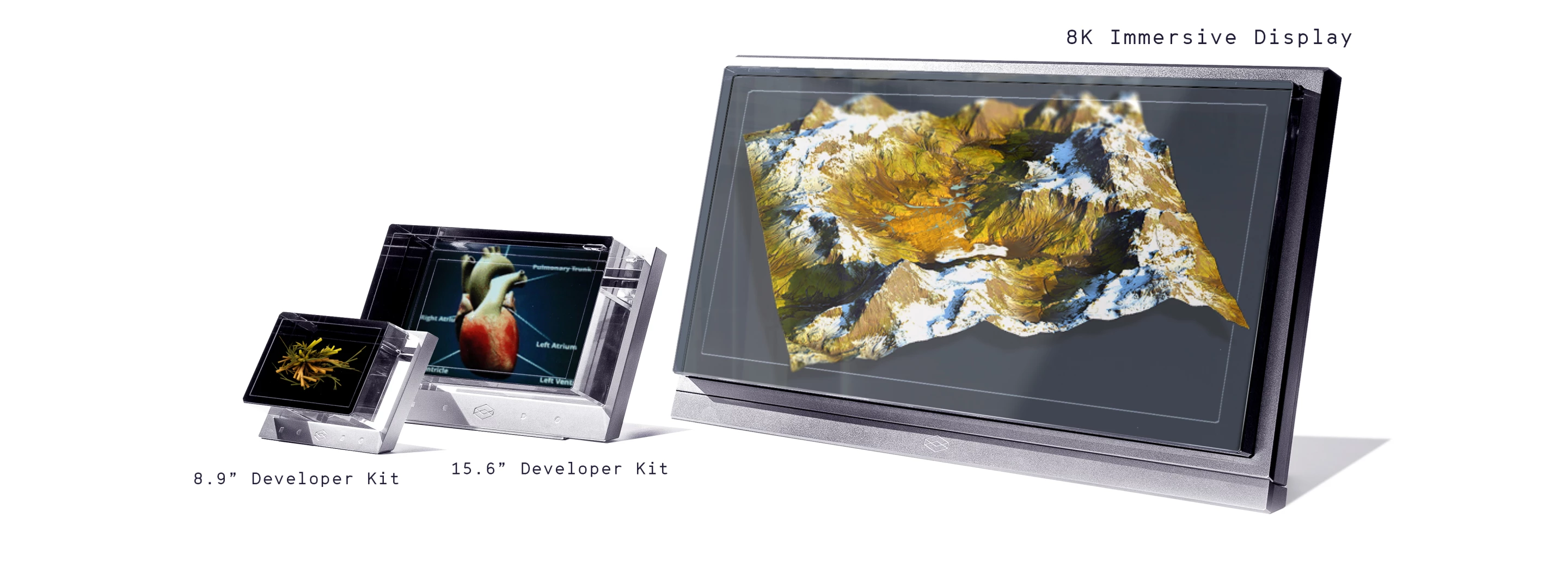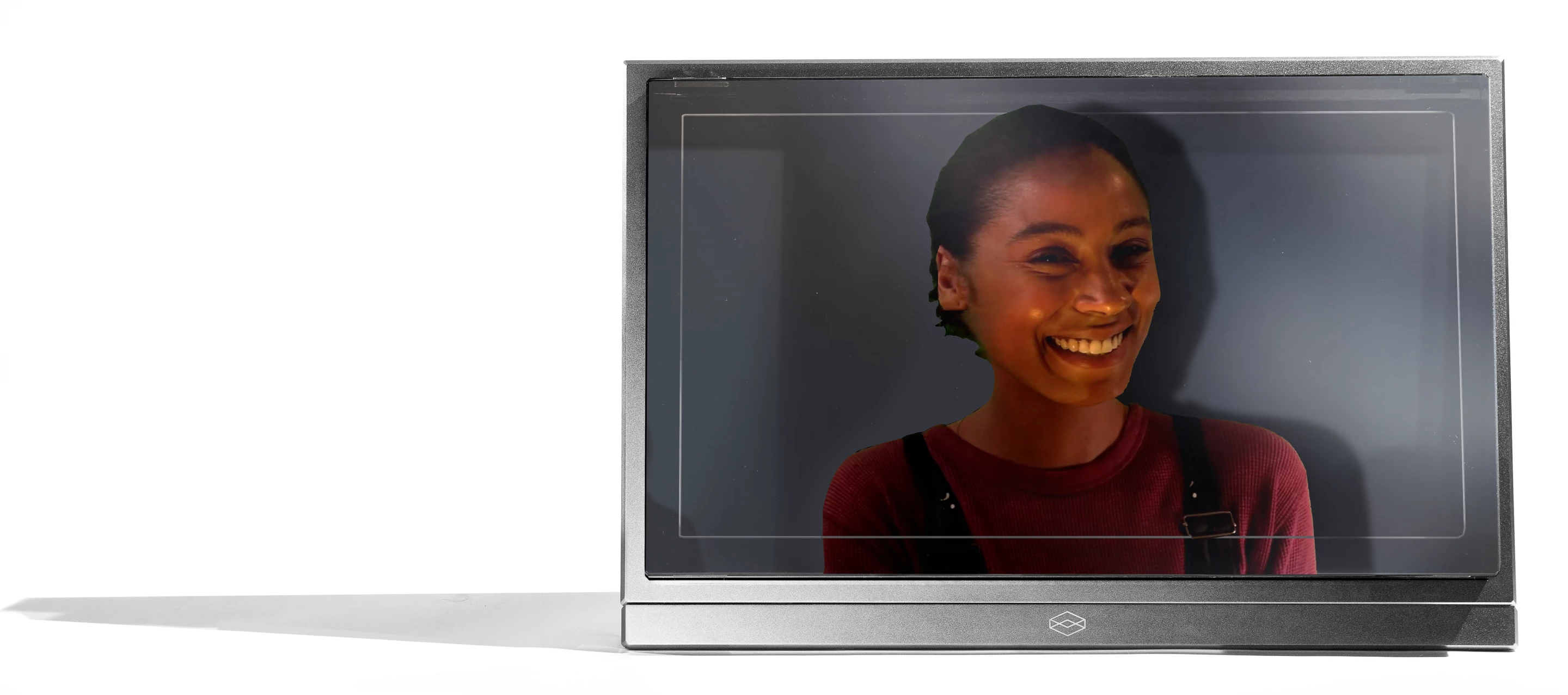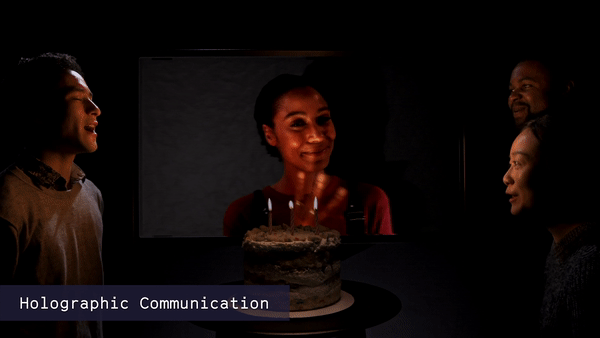Earlier this year, the Looking Glass Factory launched an all-in-one 3D visualization workstation for business users. Now the company has announced a bigger immersive display with a holographic depth measured in feet rather than inches.
At the heart of the new 32-inch, 7,680 x 4,320 resolution display is the Looking Glass Factory's 45-element light field technology, described as "a true holographic window into another world that can be experienced by groups of up to a dozen people."

The Looking Glass 8K has been developed for retail, mapping, medical imaging, and entertainment applications, and uses a combination of hardware and software to deliver 33.2 million pixels across a 1.07-billion color gamut at 60 Hz. And users don't need to don VR or AR headsets to dive into "full-color stereoscopic 3D scenes that feel as real as our world."
"GE Healthcare’s customers, both hospitals and the patients they care for, daily ask the question ‘what does that x-ray/CT/MRI/ultrasound tell us?'" said R. Scott Rader of GE Healthcare. "Presenting anatomy and disease pathology in 3D on 2D screens happens every day, but being able to share 3D lightfield imagery with a Looking Glass to a clinical care team, residents/fellows, patients, and other allied health care workers is one exciting potential solution to translating seeing to knowing, fast."

The first public outing for the Looking Glass 8K unit will be at this week's Digital Content Expo in Japan. And demonstration models are being rolled out to Brooklyn, Hong Kong, San Francisco and Tokyo too.
The Looking Glass Factory says that it's sold thousands of developer kits over the last year, and reports that its advance beta run for the Looking Glass 8K has already sold out. Pre-orders for the next production batch are now open, with delivery scheduled for the northern spring of 2020. For pricing info, you'll need to contact the company direct. The video below has more.
Source: The Looking Glass Factory








